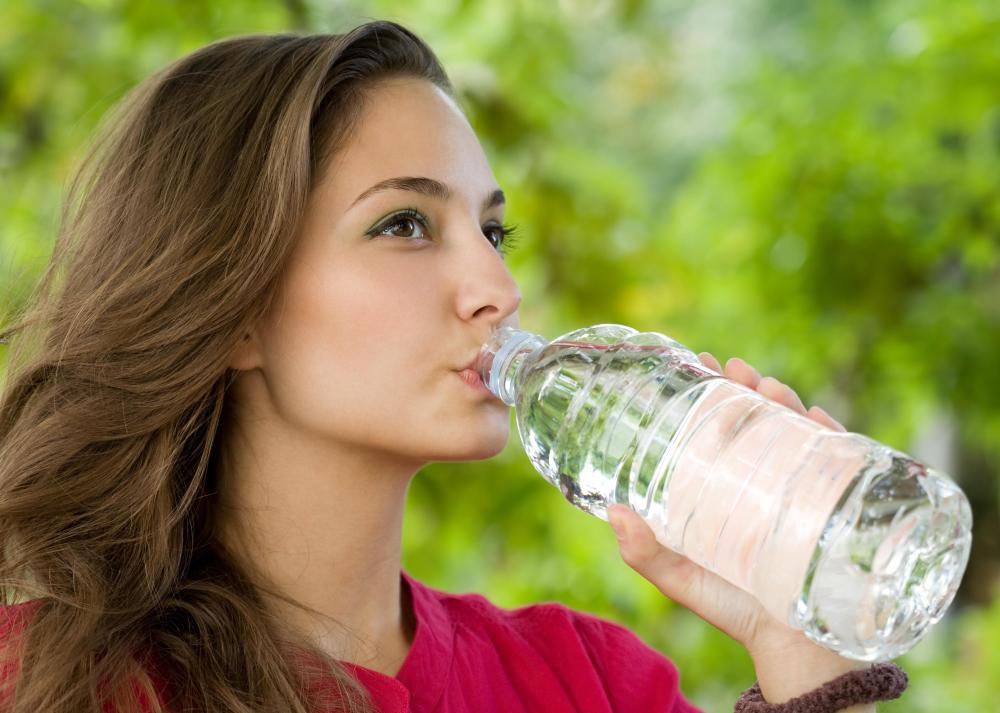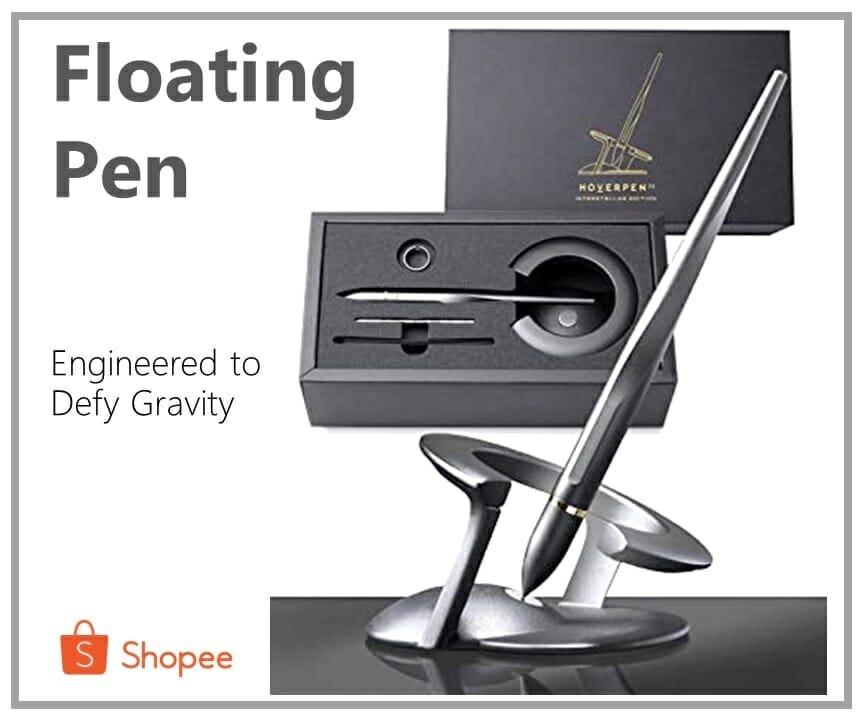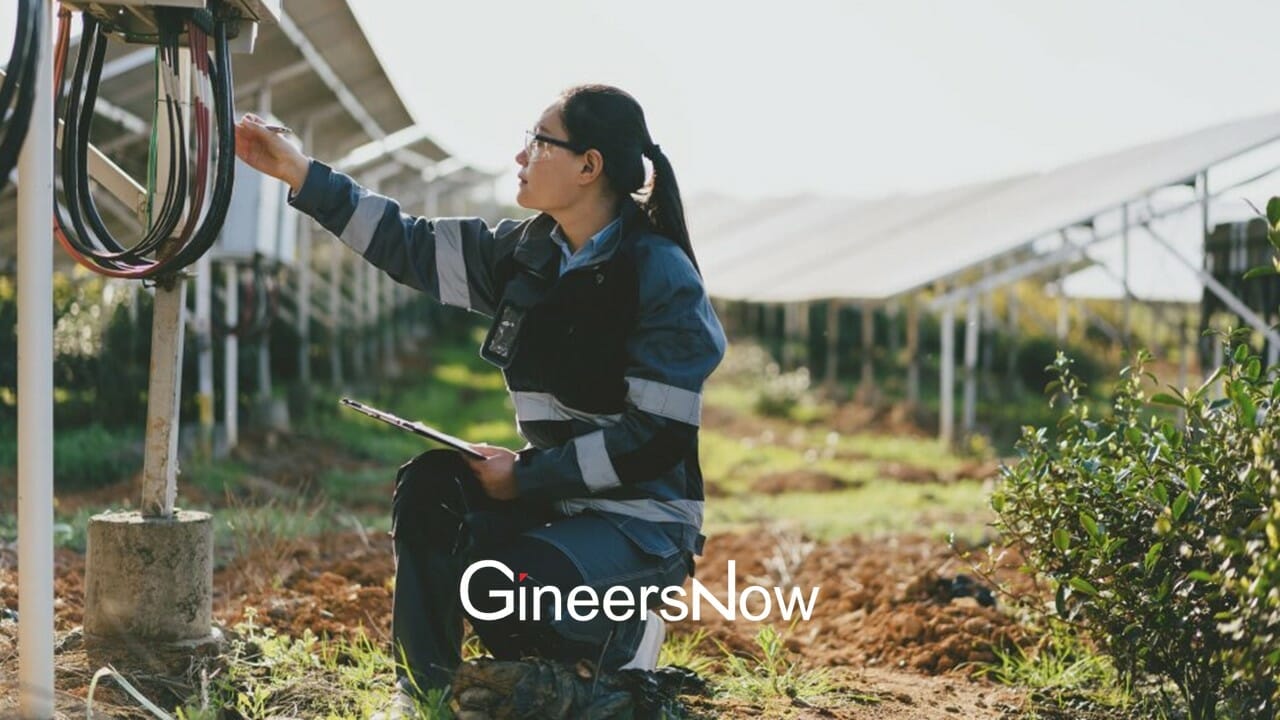A sweet biodegradable plastic
There are two major ways that we can solve our plastics problem: first is to find a solution in breaking down the loads of plastics that we already have; second is to produce plastics that easily degrade in nature.
Progress has been made on the former. Scientists at the Chinese Academy of Sciences’ Kunming Institute of Botany have already identified a fungus that can break down plastics in only a matter of weeks, compared to years without an agent.

With the second one, a solution has just been developed by researchers at the Center of Sustainable Chemical Technologies (CSCT) at the University of Bath.
They were able to create a plastic that doesn’t use harmful chemicals and is biodegradable, using only sugar and carbon dioxide. Called thymidine, the sugar is added with CO2 at low pressures and at room temperature to create a polycarbonate.
That’s a type of plastic with transparency and high impact resistance, often used in electronics, construction materials, data storage, and automotive components, among others. Polycarbonate is often made from petrochemicals, but these are the reason why the plastics do not biodegrade.

Illustration by Georgina Gregory via University of Bath. A sweet biodegradable plastic
Video by University of Bath
“Our process uses carbon dioxide instead of the highly toxic chemical phosgene, and produces a plastic that is free from BPA,” said Dr Antoine Buchard, Whorrod Research Fellow at the University of Bath’s Department of Chemistry.
BPA, or bisphenol-A (BPA), is a component of many polycarbonates which when used in bottles and containers can seep into food and drinks. This is found to have links to reproductive problems, diabetes, and autism.
“So not only is the plastic safer, but the manufacture process is cleaner too,” Buchard added.

The composition of this biodegradable plastic is the best so far. Such an idea is nothing new, but previous attempts have been under fire because as UN Environment Programme’s chief scientist Jacqueline McGlade said, biodegradable plastics were a “false solution” because they would only biodegrade in temperatures of 50C.
Spare this biodegradable plastic by Bath University’s researchers. It doesn’t depend on high temperatures, and only requires enzymes found in soil bacteria to degrade back into sugar and CO2.
This scientific breakthrough is already called for, especially now that predictions say there could be more waste plastic than fish in the sea by 2050.
“With an ever-growing population, there is an increasing demand for plastics,” Buchard said. “This new plastic is a renewable alternative to fossil-fuel based polymers, potentially inexpensive, and, because it is biodegradable, will not contribute to growing ocean and landfill waste.”
Sources: University of Bath | World Economic Forum














